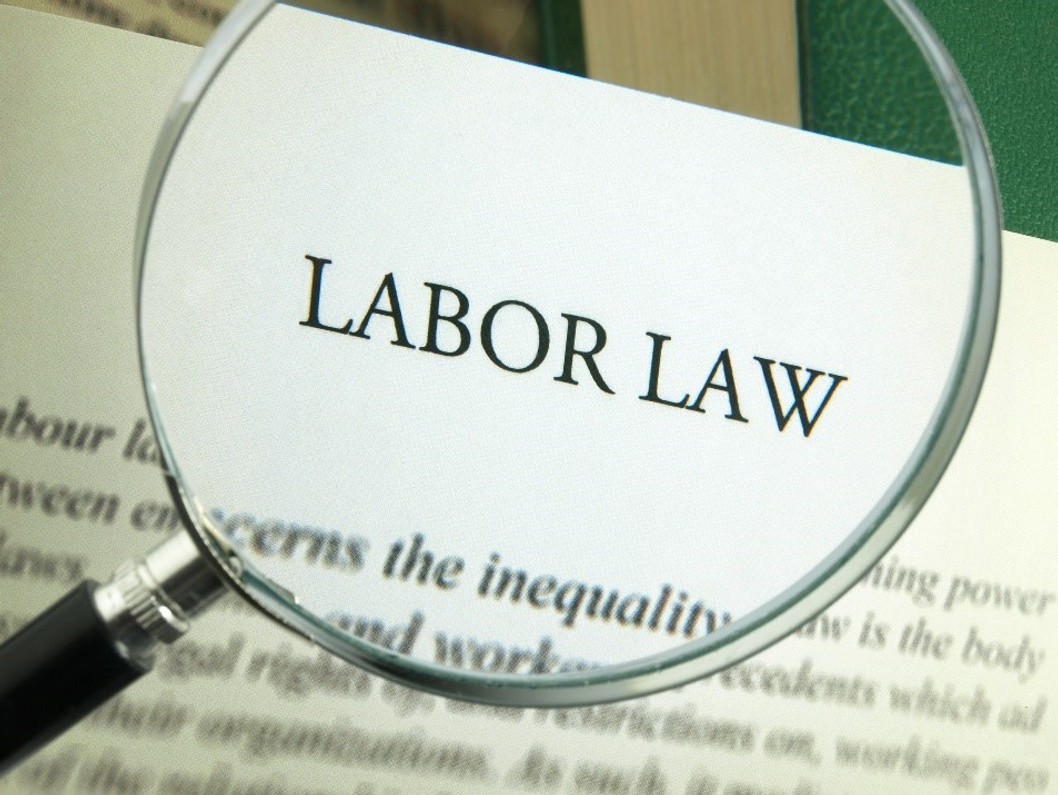Labor Laws Throughout History
Exploring The Impact Of USA Labor Laws Over Time
In the early 1900s, the average American worker faced fairly bleak working conditions. Child labor was well established. Discrimination in any form was acceptable and common. Hazardous working conditions persisted as safety regulations were not enforced. And, bargaining for better working conditions was very difficult as unions lacked federal protection. A number of changes in the United States labor laws in the years since have made life more tolerable for the American worker.
Child Labor
In 1916, the first national child labor bill was passed by Congress - the Keating-Owen Child Labor Act. With this act, a labor of children under age 16 was seriously restricted as well as the sale of any products manufactured by using the labor of a child under 14. However, in 1918, this act was overturned, as well as another child labor protection law passed in 1919.
It wasn't until 1938, that federal protections for children in the workplace was enacted with the Fair Labor Standards Act (FLSA). Children under 18 were restricted in some industries, children under 14 were banned from working in most industries, and working hours limited for children under 16.
Gender Equality
About only 1/3 of women were in the labor force in 1960; increasing to about 60 percent by 2000, and now 58 percent. Women were often subject to inequality in status, opportunity, and pay. While in 1898, "equal pay for equal work" was promoted, it wasn't until 1963 Equal Pay Act (EPA) was passed. All forms of pay are covered in this act, including salaries, benefits, and incentives.
Racial Equality
Racial-minority worker had to fight discrimination just like women. One year following the EPA, legislation was passed by Congress to target workplace racial discrimination. The Civil Rights Act was passed in 1964 by Congress which made it illegal to discriminate against race. This act is enforced by the EEOC or Equal Employment Opportunity Commission, that began its operation in 1965. In 1991, Congress updated this act.
Working Conditions
Theodore Roosevelt argued in 1913 for workers compensation laws. Its efforts proved long, with New York being the first to implement comprehensive workers' compensation in 1910, with all but four states implementing it by 1929. It wasn't until 1948 that it was adopted by all states.
Preventing workplace injuries, to begin with, is arguably more important overall, with The Occupational Safety and Health Act (OSHA) at the federal level, with workers' compensation at the state level continue to make US working conditions safer than in the past. The worker fatality rate has decreased to 3.3 in 2013.
Union Membership
In 1914, the Ludlow massacre occurred where an estimated 66 people were killed during a violent conflict between corporate employers and striking workers. However, it wasn't until 1933 that workers unions gained federal protections, which was ultimately overturned two years later.
The National Labor Relations Act (NLRA) was passed in 1935, assuring the right to unionize for private-sector employees. The act was amended in 1947 and in 1959 and is in force still today.
To learn more about the labor law highlights in the US from 1915 - 2015, read the information provided on https://www.laborlawcc.com/.
Follow up with us on social media:
Recent Posts
-
Worker Protections Under the Pump Act
Update: May 9, 2023According to the DOL, previous versions of the FLSA Notice will no longer fulfi …May 4th 2023 -
What to Know About the Pregnant Workers Fairness Act (PWFA)
Starting June 27, 2023, a new law known as the Pregnant Workers Fairness Act (PWFA) will come into e …May 4th 2023 -
The 'Why' and 'How' of Labor Law Postings
Labor laws within the United States have come a long way since the Organic Act of 1913 was signe …Feb 16th 2023




